The history of Spiterstulen
Seating area from 1750 - guest accommodation from 1800
Spiterstulen was originally a seat hamlet for the family farm Sulheim, which was expanded for guests for the first time in the early 19th century, and commercial operation from 1850. Over seven generations, the place has been expanded and modernized. However, the traditional character has been preserved with small and large houses gathered in courtyards.
The story of Spiterstulen is a story about a seat that was located by the road through Visdalen and became a place where travelers took in - a seat that gradually developed into a comfortable tourist cabin.
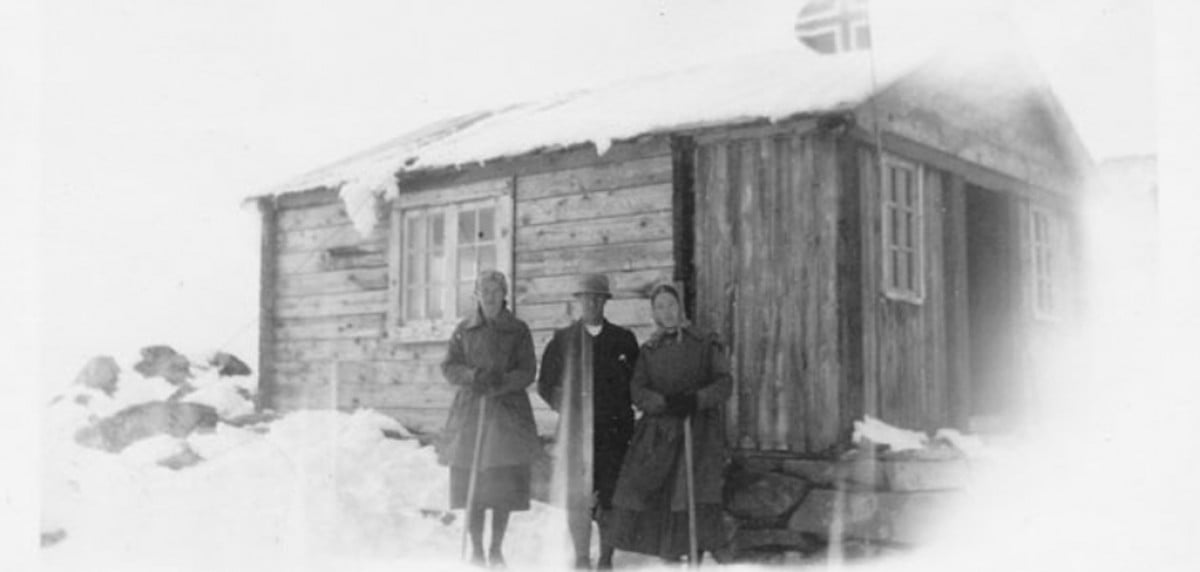
Steinar Sulheim (1815 – 1856), who lost his father Torger Stenersen at an early age, is characterized as a pioneer with a sense of progress and development in many areas. He started domestic reindeer husbandry in Visdalen - the first in Jotunheimen. The main building at Nigard Sulheim is from what remains after Steinar. But his greatest achievement was the first ascent of Galdhøpiggen in 1850 - as a "famous man" together with the two teachers Arnesen and Flåten. It is said that he was apprehensive about this whim; it was not possible for a farmer to go up to a mountain top where he had neither hunting nor livestock to blame. It has been said that neither the domestic reindeer herding nor the tourist business at Spiterstulen made any difference during Steinar's lifetime. Steinar died aged just 41 and his widow, Anne Engebretsdatter, sold Nigard Sulheim and the seat at Spiterstulen to Rolv Larsen and it was he who started tourism operations in the real sense.
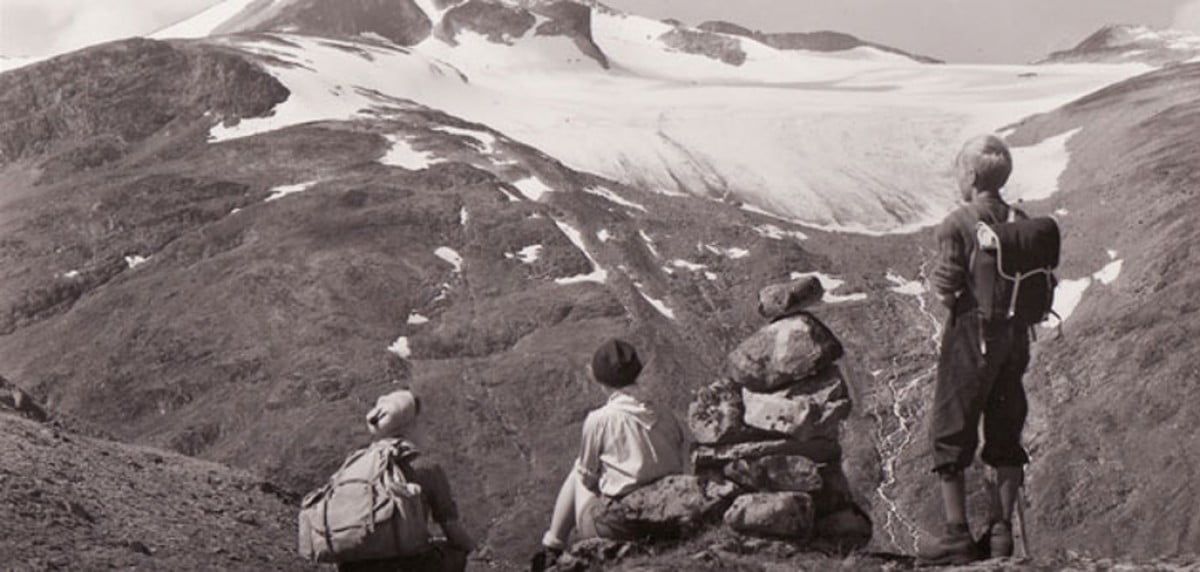
In the 1860s, the view on this changed with mountain hiking. "These healthy city folk who get into the mountains, lie on their seats, lift the rope and hefta burt budeiøyn", were probably not as popular with everyone in the village. Rolv was far-sighted when he chose tourism over farming. In 1874 slices W.C. Slingsby that "Spiterstulen was a two-room cabin that housed a man, his wife and a little girl. This poor little child had to live there for two months or so - without playmates or toys... I decided that in the future I would never travel in Norway without taking with me some small pictures, fairy tale books or other small things that I could give away in remote and remote places farms”. In 1875, the same Slingsby visited Spiterstulen again: "Here, it turned out, an extra room had been built for the seat since my last visit. A little boy named Alphæus made himself very useful and shone for us with a tire stick while we cooked and got ready for the night. I who for the first time in an "Ashantee pocket hammock" - it was a great substitute for a bed".
In 1881, the "new" tourist cabin was built. In DNT's yearbook for 1883 it is stated that "the cabin was built right next to the old seal with a closed passage in between and will be fully finished to contain 3 rooms, a larger one with a fireplace and 2 smaller ones with 5 double beds". New extensions followed under the direction of Rolv Larsen both in 1890 (when Spiterstulen had room for 30 travelers) and in 1893 when a further four rooms with eight beds were built.
The oldest photograph we know of from Spiterstulen - 1884. The hostess, Marit Sulheim, stands in the door. Sister Anne in the middle of the picture next to brother, the famous mountain guide Lars Sulheim the Elder. Image is taken from a prospectus card.
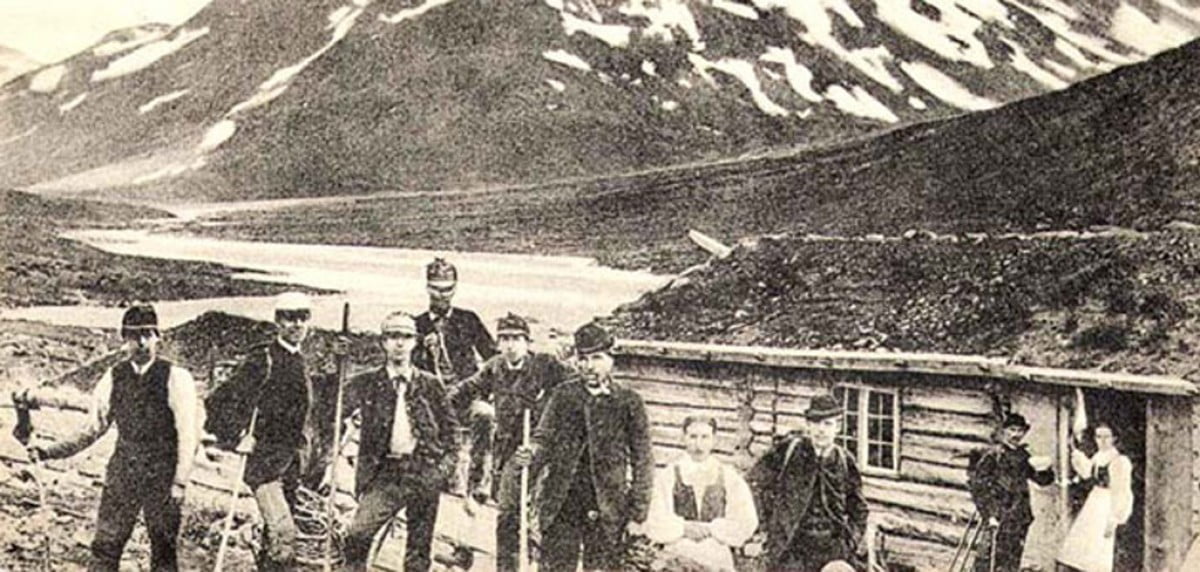
It was when Lars Eilivson Sulheim and Karen took over as hosts at Spiterstulen in 1916 that the venture began in earnest and from now on the construction went from strength to strength and Charlotte and Eiliv (above) took over a business where construction and highly noticeable improvement had been going on more and less continuously for 35 years.
5 October 1978 is a special day in Spiterstulen's history. At half past ten in the evening, the fire sirens sounded in Lom. In one night, the Hugu building from 1934-35 was reduced to ashes. And Gamle-sætre was so badly damaged that it had to be demolished. The dining hall and the cafeteria were saved, but burned. The cause of the fire was a television set that exploded. No one was injured, even though the mountain school was in full swing. Eilev made these notes: "The fire was a strain. First the shock and the fight against the flames - an opponent who was not only too strong, but who even laughed at you and licked at you from all sides. Loss of power.” In 1980, Ny-stugu was put into use and the first meal was prepared in the new kitchen.
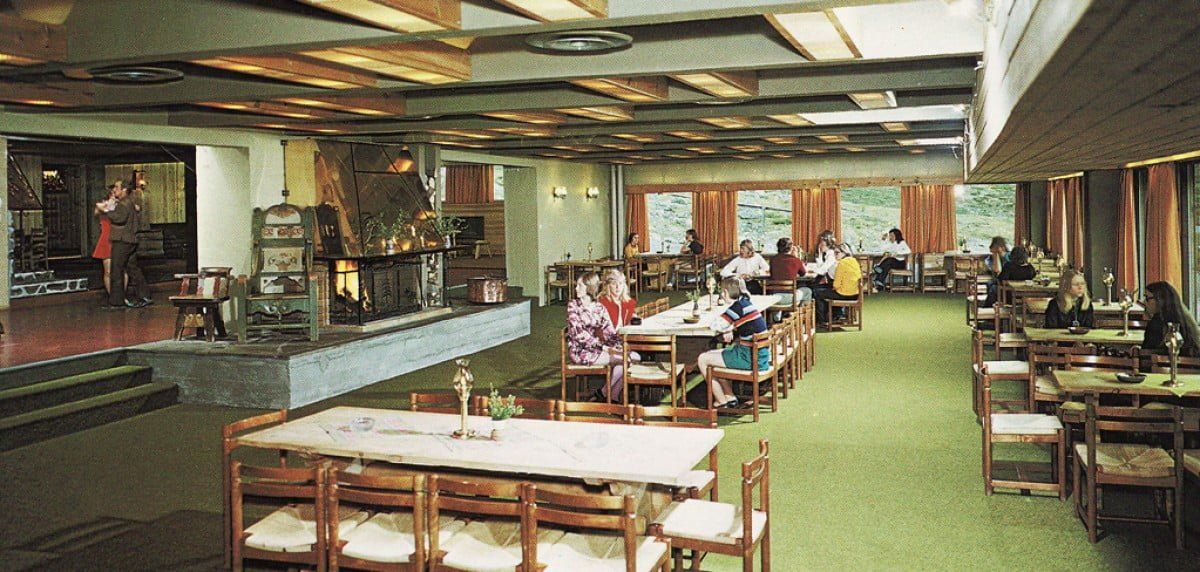
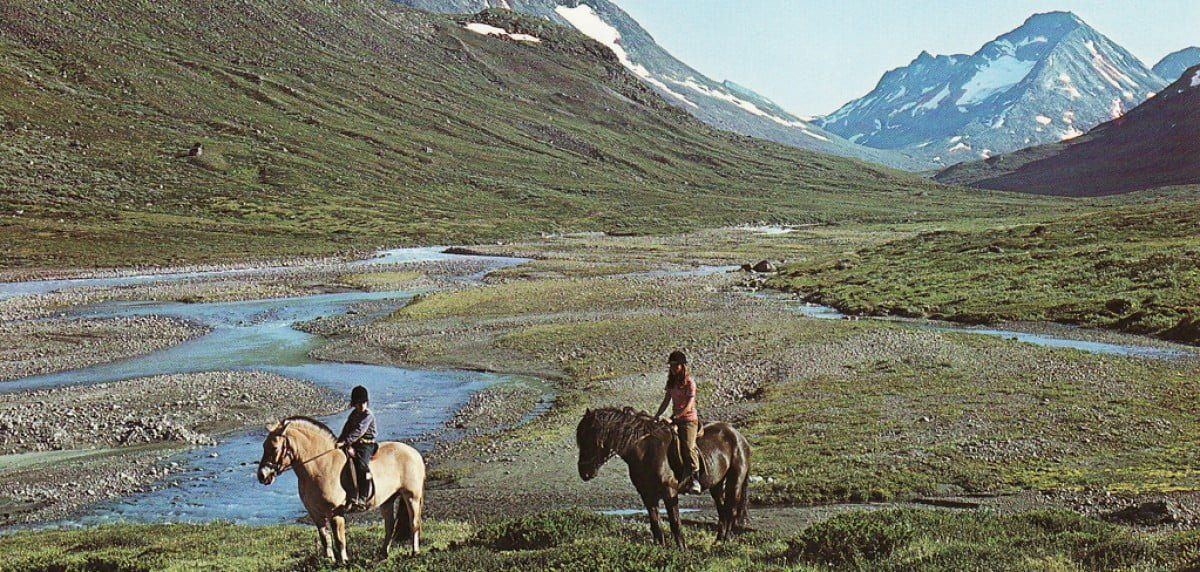
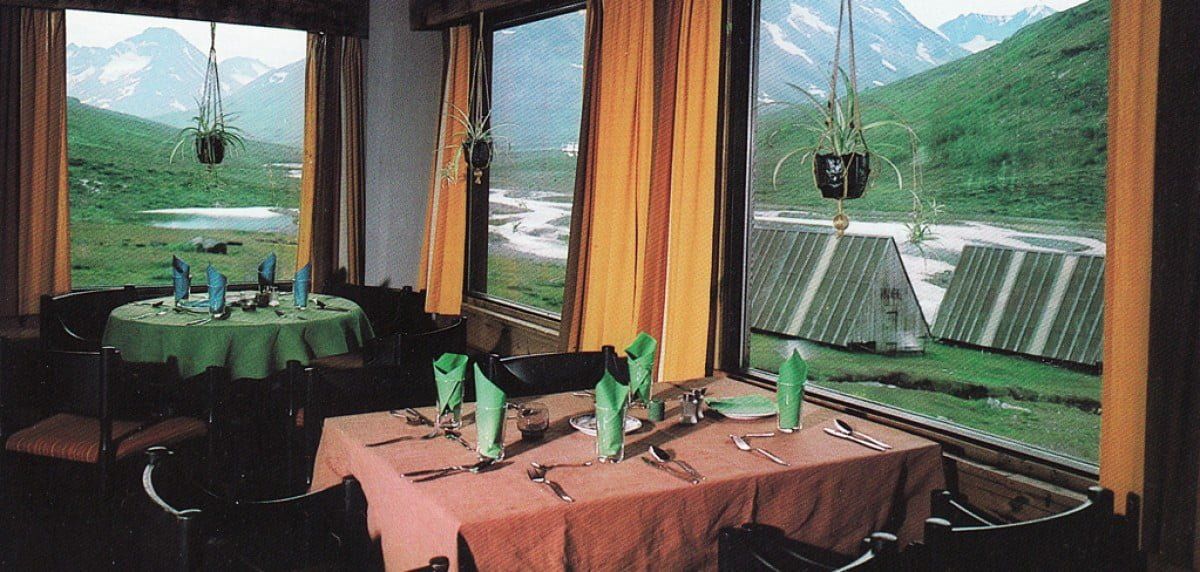
Bente and Svein were the generation that seriously started the enormous work of prioritizing maintenance over development. They have made their mark by having Eiebu, which is an old log house from the farm Nigard Sulheim, completely renovated. This was a "lift" for Spiterstulen, but very important to be able to preserve the old style and history of the place. They have both spent a lifetime and life's work at the tourist cabin in Jotunheimen. From the beginning of the 2000s, they were responsible for most of the day-to-day operations at the tourist cabin.
After the 2016 season, Bodil and Bjørn Andreas took over the operation, they then ran together with Bente and Svein for the last year. It was a 20-year good, close and long collaboration that came to an end, and Spiterstulen moved into a new phase. After the 2020 season, they unfortunately had to give up as drivers and the last link in the family. From 2021 there is an external driver. There are many challenges that lie in the future, the main focus will be renovation and maintenance in close collaboration with the property company. As for the guests, they will still be able to experience good "seater operation" with rest, safety and good food.
